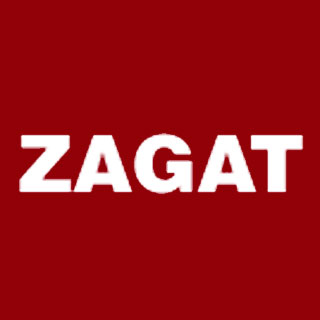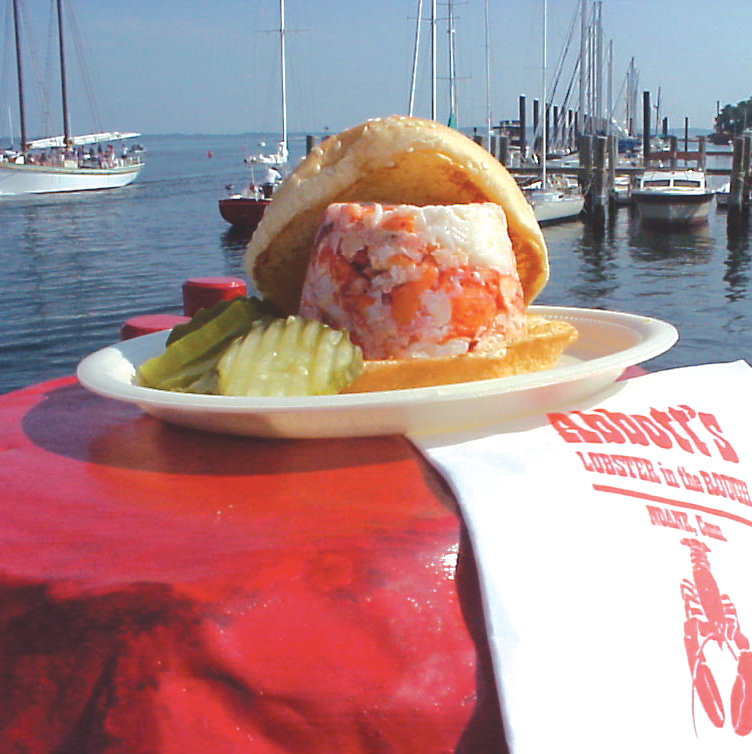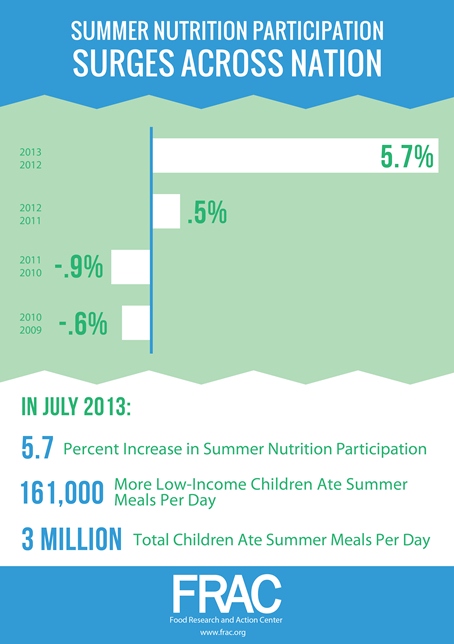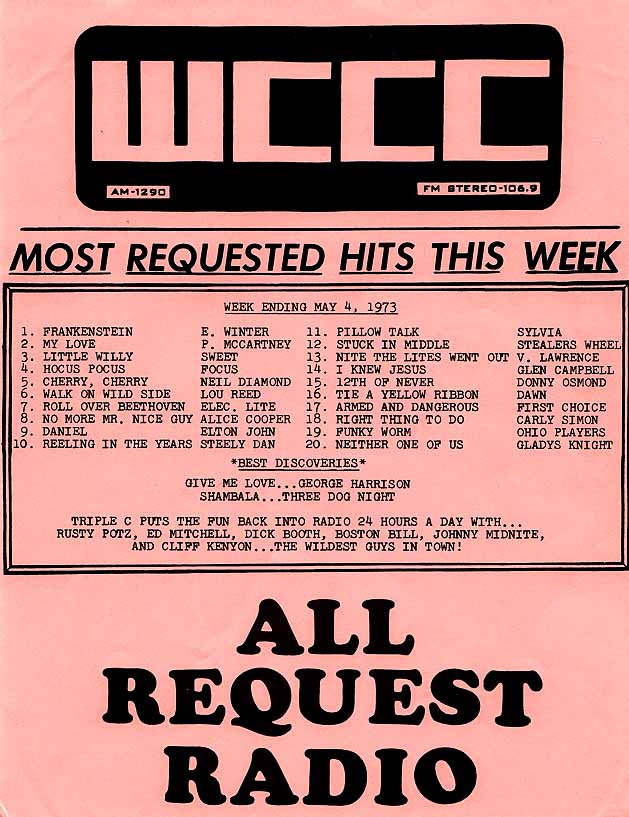Teen Journalists Bring Attention to Issues of Cyber-Bulling, Underage Drinking, Social Media Stress
/Connecticut teen girls drink at a higher rate than the national average, Connecticut’s teen drinking rate is higher than ever, cyber-bullying rates among girls in the state have increased, and moderate to high stress levels among a majority of teens nationwide – and how they respond to stress – are raising new concerns. Those are just some of the statistics highlighted this month by student journalists at the Connecticut Health Investigative Team (C-HIT), an investigative news website populated by veteran journalists focusing on health issues facing the state.
In recent days, the hig h school students - participants in week-long journalism workshops at UConn, Quinnipiac and Yale universities led by C-HIT - have been producing news stories that target issues facing a demographic they are not only familiar with, but, in most cases, part of. The students are learning research methods intrinsic to journalism and the results of their work have been eye-opening. Some of the highlights:
h school students - participants in week-long journalism workshops at UConn, Quinnipiac and Yale universities led by C-HIT - have been producing news stories that target issues facing a demographic they are not only familiar with, but, in most cases, part of. The students are learning research methods intrinsic to journalism and the results of their work have been eye-opening. Some of the highlights:
With access to social media reaching an all-time high, cyber-bullying rates have gone up among girls in Connecticut, according to the latest Connecticut High School Youth Risk Behavior Survey. In Connecticut in 2013, cyber-bullying rates among girls were at 22.8 percent - more than 1 in 5 girls reported being cyber bullied. That was an increase of 2.7 percent from 2011. Unlike among females, cyber bullying among males dropped by .2 percent, to 12.3 percent in 2013.
According to statistics from the Bureau of Justice, 37 percent of teenagers reported being bullied at school and 52 percent said they were victims of cyber bulling. Cyber bullying is tormenting, humiliating, or harassing another individual using the Internet, cell phones, or other types of social media.
 Of the young people who reported cyber bullying incidents against them, one in three reported that they experienced threats online. Well over half of young people do not tell their parents when cyber-bullying occurs, the website says. Surveys show that girls are twice as likely as boys to be both victims and perpetrators of cyber bullying.
Of the young people who reported cyber bullying incidents against them, one in three reported that they experienced threats online. Well over half of young people do not tell their parents when cyber-bullying occurs, the website says. Surveys show that girls are twice as likely as boys to be both victims and perpetrators of cyber bullying.
The Youth Risk Behavior Survey of 2013 reported that Connecticut girls are more likely to drink than their peers nationally. In Connecticut, 8.5 percent of high school girls have driven drunk – which is higher than the national average of 7.8 percent. In Connecticut, 37 percent of high school girls surveyed said they had at least one alcoholic drink, at least one day before the survey, compared to 35.5 percent nationally.
Teen drinking is a problem nationwide, but it is more apparent among teenage girls. Roughly 90 percent of adults who have substance abuse problems now began as adolescents, according to Dr. J Craig Allen, the chief medical officer of Rushford Center, a Connecticut substance abuse and mental health treatment center. Overall, Connecticut’s teen drinking rate is higher than ever, with students experimenting with alcohol as early as 11 years of age -- nearly two years younger than the national average, according to the Rushford Center. Teens in Connecticut are consuming 26-28 percent more alcohol than their peers around the country, according to data from the Office of Juvenile Justice and Delinquency Prevention.
The availability of alcohol plays a factor in teen drinking. Other contributing factors in suburban areas include stress, with many teens placed under academic and other pressures on a day-to-day basis, experts suggest. A 2012 study by the Columbia University Teachers College found evidence that “affluenza,” described as a “metaphorical illness connoting hyper-investment in material wealth among upper-middle class families,” was a factor in negative behaviors including drug and alcohol use.
Nationally, teens are feeling stressed in and out of school, according to a survey done for the American Psychological Association. The survey showed that during the 2012-13 school year 55 percent of the 1,000 teens questioned said that they felt moderate stress during the school year, and 27 percent said that they felt “extreme stress.” Forty percent of teens said that stress is making them irritable or angry, and 36 percent said that stress made them nervous, angry or fatigued, according to the survey.
The survey also found that social media plays a role in teen stress. Thirty-nine percent of girls and 29 percent of boys questioned said that they do care how others perceive them on social media --- and that they need to keep up a persona on social media websites.
Of most concern to doctors in the survey findings was how teens dealt with stress. Forty-six percent of teens responded that playing video games was their way to manage stress, 43 percent said they surf the internet and only 37 percent said that they would exercise or walk.
This summer, C-HIT worked with 75 students in a 'newsroom' setting, with each student researching, reporting and writing his or her own story, working with complex databases and conducting interviews. The 2014 workshops were supported by organizations and individual donors including the Dow Jones News Fund, William Graustein, the Fisher Foundation, People’s Bank, the Knox Foundation, Quinnipiac University, and the Community Foundation for Greater New Haven. The journalism workshops will be offered again next summer.
Photo: Among the C-HIT students are (left to rig ht) Mackenzie Brayman, a student at North Stonington High School; Julyanna Schreider and Shamoya Hanson, students at the Journalism & Media Academy, Hartford; Talon Cooper, a student at Hillhouse High School, New Haven; and Conner Fritchley, a student at Wilton High School. Information included in this article was researched and developed by the students for their news stories.
ht) Mackenzie Brayman, a student at North Stonington High School; Julyanna Schreider and Shamoya Hanson, students at the Journalism & Media Academy, Hartford; Talon Cooper, a student at Hillhouse High School, New Haven; and Conner Fritchley, a student at Wilton High School. Information included in this article was researched and developed by the students for their news stories.
Additional investigative news stories by the students participating in the C-HIT summer journalism program can be seen at http://c-hit.org/



 was
was 

 thnic populations across the country are German (15.6% of the population), Irish (11%), Mexican (10%), English (8%), Italian (5%), Polish (3%) French (2%) Scottish (1% and Puerto Rican (1%).
thnic populations across the country are German (15.6% of the population), Irish (11%), Mexican (10%), English (8%), Italian (5%), Polish (3%) French (2%) Scottish (1% and Puerto Rican (1%). The numbers are increasing nationally as well as in Connecticut. In 2013, for the first time in a decade, the number of low-income children eating summer meals saw a substantial increase year-over-year, according to a
The numbers are increasing nationally as well as in Connecticut. In 2013, for the first time in a decade, the number of low-income children eating summer meals saw a substantial increase year-over-year, according to a 
 The Summer Nutrition Programs, which include the Summer Food Service Program and the National School Lunch Program, are designed to fill the food gap for the thousands of low-income Connecticut children who rely on school breakfast and lunch during the school year. These programs provide free meals at participating summer sites at schools, parks, other public agencies, and nonprofits for children under 18.
The Summer Nutrition Programs, which include the Summer Food Service Program and the National School Lunch Program, are designed to fill the food gap for the thousands of low-income Connecticut children who rely on school breakfast and lunch during the school year. These programs provide free meals at participating summer sites at schools, parks, other public agencies, and nonprofits for children under 18. ess
ess


























